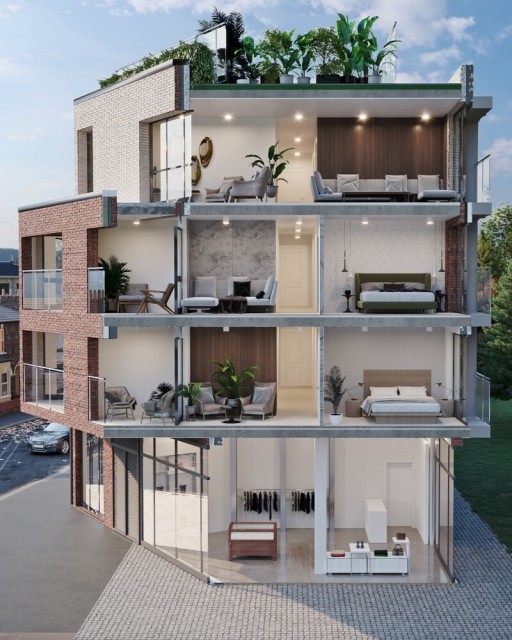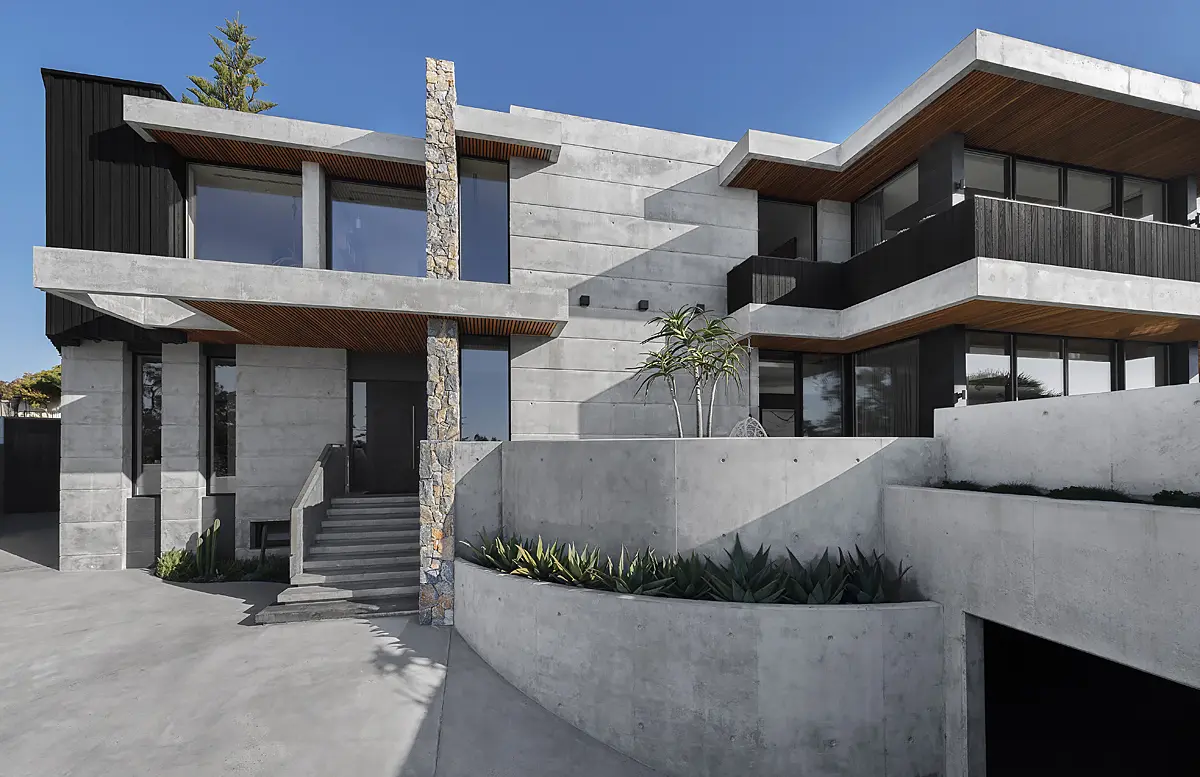Just How Residential Architects Develop Personalized Residences for every single Way Of Life
The procedure by which property designers design tailored homes is a nuanced interplay of understanding customer demands and equating those understandings into useful living spaces. With extensive examinations and the usage of design devices, architects capture the essence of their customers' lifestyles, guaranteeing that each home shows personal values and goals.
Recognizing Client Requirements

Effective communication is paramount in this procedure. Designers must motivate customers to verbalize their way of lives, household dynamics, and future aspirations, making sure that the layout shows their unique identity. By utilizing devices such as sets of questions, meetings, and aesthetic studies, designers can collect beneficial understandings right into the customer's vision.
Furthermore, recognizing the context in which a home will exist is essential. Designers must consider factors such as the site attributes, local climate, and cultural impacts that can influence the layout. This holistic technique permits the creation of areas that are not just cosmetically pleasing yet also useful and lasting.
Ultimately, a deep understanding of client requires enables engineers to produce personalized homes that improve the top quality of life for their passengers, fostering a sense of belonging and comfort within their living environments.
Style Refine and Collaboration
The layout procedure in residential design is a dynamic interplay of creative thinking and collaboration, where designers, clients, and numerous stakeholders function very closely to bring a vision to life. This repetitive journey commonly begins with a series of meetings to develop an extensive understanding of the customer's ambitions, preferences, and way of living demands. Throughout these discussions, engineers collect vital details, enabling them to conceptualize designs that align with the client's vision.
Adhering to the initial appointments, the style stage evolves through illustrations, 3D designs, and building makings. This visual communication acts as a device for architects to present concepts, while also inviting client feedback, ensuring that the final design resonates with their expectations. Efficient partnership with designers, contractors, and indoor designers is essential throughout this phase, as it makes sure that all useful elements of the task are perfectly incorporated.

Incorporating Way Of Life Elements
Integrating way of life aspects right into household layout is crucial for creating spaces that genuinely resonate with the occupants. residential architecture homes. This process begins with recognizing the unique needs, choices, and everyday routines of the house owners. Designers take part in comprehensive discussions to discover exactly how the individual or family members utilizes their room, whether for amusing visitors, pursuing pastimes, or looking for silent resort
As soon as these understandings are gathered, designers can customize style features that improve everyday experiences. As an example, open floor plans may be developed for family members that Website prioritize togetherness, while devoted work areas can be incorporated for those that function from home. Outside areas, such as yards or outdoor patios, can be emphasized for households that enjoy outdoor tasks or entertaining.
Additionally, flexibility is an essential consideration; multi-functional rooms permit for adaptability as way of lives advance over time. Personalized storage solutions can likewise be integrated to meet certain company needs, guaranteeing that the home continues to be clutter-free and functional. Inevitably, by thoughtfully weaving lifestyle elements right into the architectural fabric, property architects develop personalized homes that not just accomplish visual wishes but likewise significantly improve the lifestyle for their customers.
Lasting and Smart Style
Wise and sustainable layout significantly plays a pivotal role in property design, as property owners seek to minimize their environmental influence while enhancing their living experiences. Designers are now incorporating environmentally friendly materials, energy-efficient systems, and innovative modern technologies to produce homes that not just meet aesthetic desires however additionally serve the planet.
Integrating renewable resource resources, such as solar panels and wind generators, allows home owners to harness natural deposits, dramatically lowering reliance on conventional power grids. Smart home technologies better enhance sustainability by maximizing energy usage via automated systems that control heating, cooling, and illumination based on tenancy and choices.
In addition, the use of lasting building materials-- like recovered timber, bamboo, and recycled steel-- promotes a circular economic climate, minimizing waste and resource intake. Designers additionally highlight passive layout principles, making certain homes are oriented for optimum all-natural light and air flow, thereby minimizing the requirement for fabricated cooling and heating.
Along with eco-friendly advantages, lasting and wise design contributes to the overall convenience and health of homeowners. By focusing on interior air quality and natural environments, designers create areas that promote wellness, permitting house owners to grow in harmony with their setting.
Completing and Executing Strategies
Completing and carrying out strategies is a critical phase in the residential architecture process, where the vision of a personalized home begins to appear. This phase entails careful focus to information, guaranteeing that every facet of the layout is specifically articulated and ready for construction. residential architecture homes. Architects work together closely with customers to assess final plans, dealing with any last-minute adjustments or concerns, while making certain that all aspects straighten with the property owner's way of living requirements
Once plans are finalized, architects prepare thorough construction papers, including thorough illustrations and specifications that function as a plan for contractors. These papers describe products, coatings, and installation methods, offering clarity for subcontractors and specialists. In addition, safeguarding essential authorizations and adhering to neighborhood structure codes is necessary, as it makes sure compliance and smooth task execution.
Reliable interaction is vital his comment is here throughout this phase. Regular updates and conversations with home builders assist to reduce possible issues before they occur. By fostering a collaborative atmosphere, engineers can guarantee that the implementation aligns with the original vision. Inevitably, this important stage changes principles into fact, laying the structure for a home that shows the unique way of living and choices of its residents.
Conclusion
In verdict, residential architects play an essential duty in crafting customized homes that cater to varied lifestyles. Via meticulous understanding of customer needs, joint style procedures, and the integration of lifestyle aspects, designers make certain that each home reflects specific choices.
The procedure by which property architects design tailored homes is a view it nuanced interaction of understanding client requirements and converting those understandings into practical living spaces. With detailed consultations and the use of style devices, designers record the significance of their clients' way of livings, making sure that each home reflects personal values and ambitions. Architects must encourage customers to express their lifestyles, household characteristics, and future ambitions, making certain that the design mirrors their special identification.The design process in property design is a vibrant interplay of creativity and cooperation, where engineers, customers, and numerous stakeholders work closely to bring a vision to life - residential architecture homes. Through thorough understanding of client needs, collaborative layout procedures, and the integration of lifestyle components, engineers make sure that each home mirrors individual choices